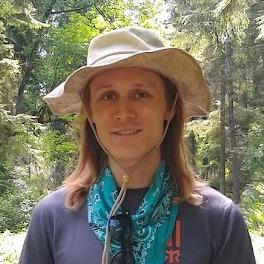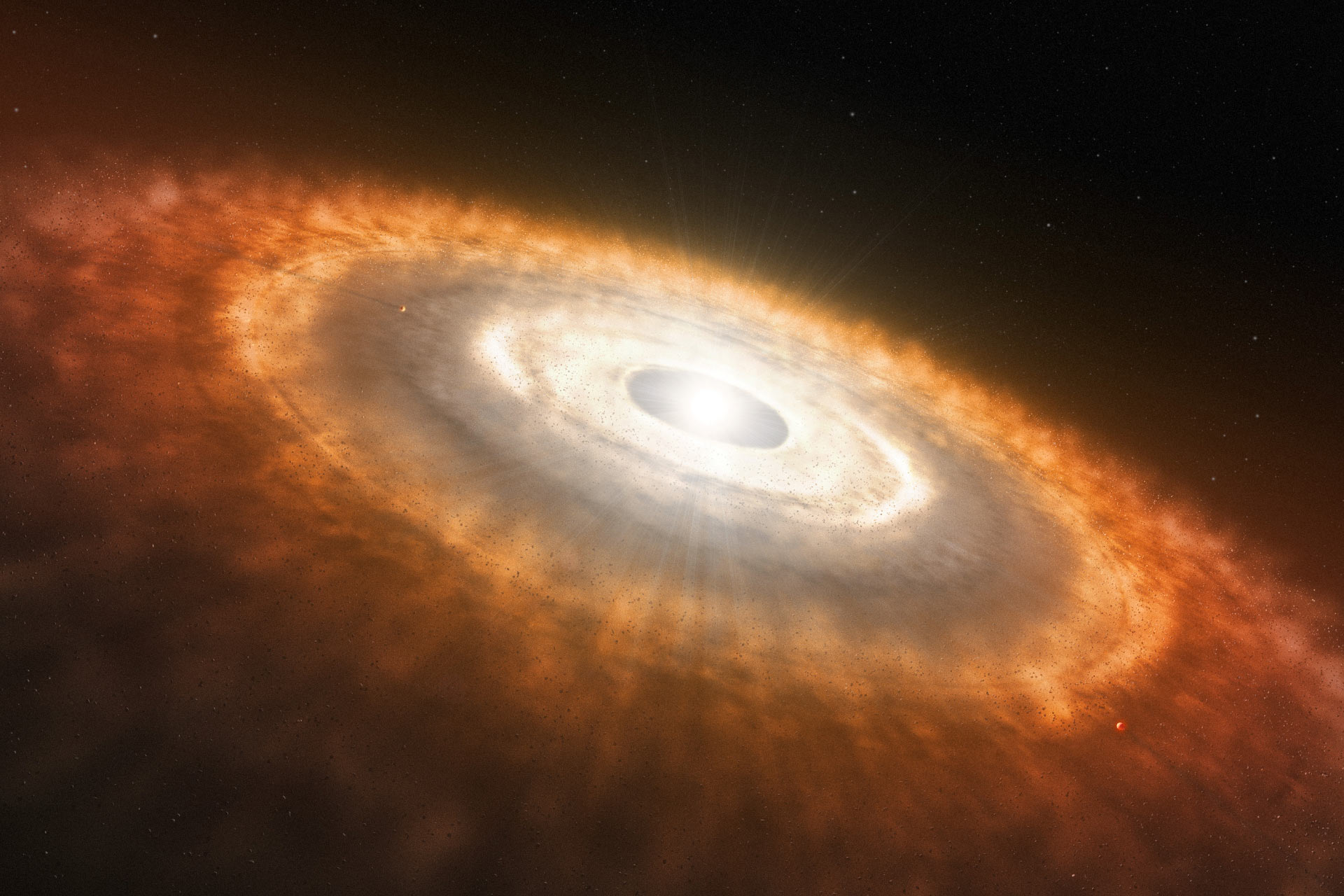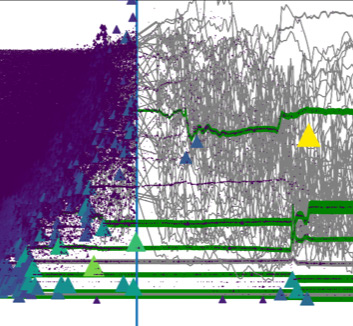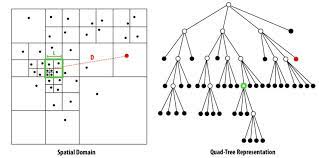About Me
I completed my PhD work as a member of the UW Astronomy N-body shop working with Dr. Thomas Quinn to develop and use highly parallel tree-based algorithms to simulate N-body interactions in a variety of astronomical contexts. The bulk of my thesis work involved simulating the collisional agglomeration of solids in planet-forming disks to understand the formation history of tightly-packed exoplanetary systems. I also used the same code to study hydrodynamic interactions in galaxies. In addition, I helped to adapt some of the algorithms we used to develop ParaTreeT, which is a toolkit to quickly and easily develop and test spatial tree algorithms in a HPC environment. When I'm not thinking about N-body simulations or tree algorithms, I'm an avid hiker/backpacker and play bass for the bands Night Lunch and Cheers to the Outside.





